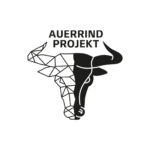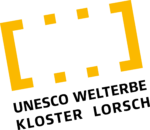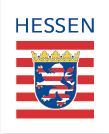Auerrind Project
Creating a modern-day aurochs equivalent
This rewilding project is focusing on natural grazing, back-breeding and scientific research on aurochs (an extinct species of large wild cattle). The ultimate goal of the back-breeding part of the project is to create a modern-day aurochs equivalent as closely as possible, from both a genetic and phenotypic perspective.
Based at the Lauresham Laboratory for Experimental Archeology in the Bergstraße district of southwest Germany, as well as the nearby Association for the Reintroduction of Large Herbivores, UNESCO Global Geopark Bergstraße-Odenwald and Hohmeyer landscape conservation farm, the Auerrind project also works to raising awareness about the need for large herbivores in European nature.
Since it began in 2013 the Auerrind project has established four breeding herds in Lorsch, Einhausen, Bielefeld and Schwarzach, with bovine grazing on more than 50 hectares of land. An extensive system of meadows is currently being developed that will allow year-round grazing. The animals currently involved in the project are roaming and grazing on river meadow habitat, which includes old sand dunes covered in pine forest. In addition to the four breeding herds, the Auerrind project has also established an auroch research database which includes data from the radiocarbon dating of bone material from the Upper Rhine Valley, and the DNA testing of auroch remains developed in cooperation with the University of Kiel.
The project hosted and organized a conference on natural grazing and back breeding, as the first step of creating a network where similar projects can share know-how, data and experience. Furthermore, extensive work has been done on education and boosting nature-based tourism. In April 2018 the project signed the cooperation agreement with Taurus Foundation from the Netherlands.

This rewilding project is focusing on natural grazing, back-breeding and scientific research on aurochs (an extinct species of large wild cattle). The ultimate goal of the back-breeding part of the project is to create a modern-day aurochs equivalent as closely as possible, from both a genetic and phenotypic perspective.
Based at the Lauresham Laboratory for Experimental Archeology in the Bergstraße district of southwest Germany, as well as the nearby Association for the Reintroduction of Large Herbivores, UNESCO Global Geopark Bergstraße-Odenwald and Hohmeyer landscape conservation farm, the Auerrind project also works to raising awareness about the need for large herbivores in European nature.
Since it began in 2013 the Auerrind project has established four breeding herds in Lorsch, Einhausen, Bielefeld and Schwarzach, with bovine grazing on more than 50 hectares of land. An extensive system of meadows is currently being developed that will allow year-round grazing. The animals currently involved in the project are roaming and grazing on river meadow habitat, which includes old sand dunes covered in pine forest. In addition to the four breeding herds, the Auerrind project has also established an auroch research database which includes data from the radiocarbon dating of bone material from the Upper Rhine Valley, and the DNA testing of auroch remains developed in cooperation with the University of Kiel.

The project hosted and organized a conference on natural grazing and back breeding, as the first step of creating a network where similar projects can share know-how, data and experience. Furthermore, extensive work has been done on education and boosting nature-based tourism. In April 2018 the project signed the cooperation agreement with Taurus Foundation from the Netherlands.




